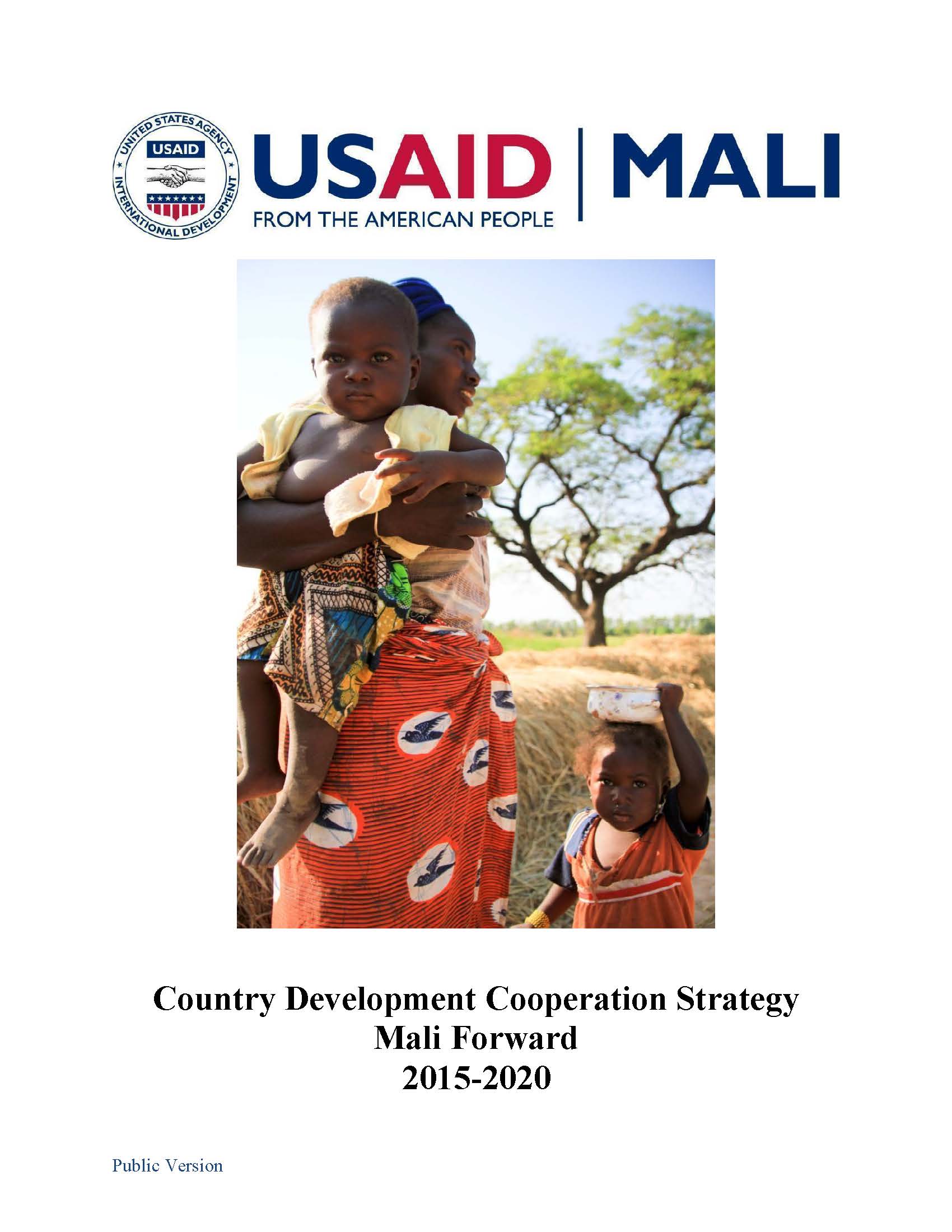Speeches Shim
Working with the government and the people of Mali, USAID has achieved positive results over the last 50 years.
However, USAID’s continued presence is testament to the fact that Mali’s development challenges are deep-rooted and complex. Mali faces a large-scale developmental, governance and security crisis that presents both an urgent emergency and a chronic problem, with repeated and acute food security and humanitarian crises. As a legacy of the March 2012 coup d’état and violent conflict, 135, 000 Malians remain as refugees in neighboring countries, 86,000 Malians are internally displaced,1 and approximately 1.9 million people required sustained emergency food assistance in 2014. Despite the normalization of democratic institutions following the Presidential and National Assembly elections, the political climate in Mali remains highly uncertain. Armed rebel bandits, illicit traffickers and “terrorist” groups remain active throughout the country, occupying territory in Northern Mali which accounts for almost two-thirds of the country. Now that a peace agreement has been reached, U.S. and international engagement during the initial post-accord period will be critical in helping the Malian government demonstrate immediate and tangible benefits while laying the foundation for an enduring peace.
This Country Development Cooperation Strategy (CDCS) for Mali builds on USAID’s earlier work while taking into account the institutional weaknesses and fragility that led to the 2012 coup and ongoing conflict. Importantly, this CDCS applies analysis and lessons learned from previous generations of programming to attempt to tackle, through cross-sectoral approaches and integration, the major obstacles to securing a democratic, resilient, and prosperous future for Malians. Mali’s most pressing needs in the North will be addressed through a Transition Objective in the short term while on-going development programming in the southern regions will be brought to scale, country-wide, once a negotiated peace accord and security permit. Through integration of governance and resilience across traditional technical sectors of economic growth, education, democracy, rights and governance and health, USAID/Mali will leverage expertise and resources to target Mali’s institutional weaknesses while contributing to ending extreme poverty. Previous attempts at cross-sectoral programming were concentrated on individual projects – this strategy differs in that integration will take place across the entire Mission, demanding a whole-of-mission contribution to tackle Mali’s development challenges. This strategy encourages gender integration throughout all program areas, harnesses new technologies and employs best practices in monitoring and evaluation. This approach will ensure the most cost-effective and sustainable investment of American foreign assistance dollars in Mali. USAID/Mali’s projected $600 million in investments for fiscal years (FY) 2016-2020 will seek the following goal: “Malians secure a democratic, resilient and prosperous future” through the following four objectives:
- Stabilization of Conflict-Affected Areas Reinforced (transition)
- Public Trust in Government Improved (governance)
- Adaptive Capacity of Vulnerable Communities and Households Improved (resilience)
- Socio-Economic Well-Being Advanced (prosperity)
The development and validation of the CDCS has been done in consultation with key stakeholders across the Malian government, the international donor community and civil society, the United States Government (USG) in Washington and in Mali. With the contribution of each stakeholder, implementation of this strategy will result in sustainable, broad-based development outcomes and positive impact for Malians.
Read the full report [pdf]



Comment
Make a general inquiry or suggest an improvement.